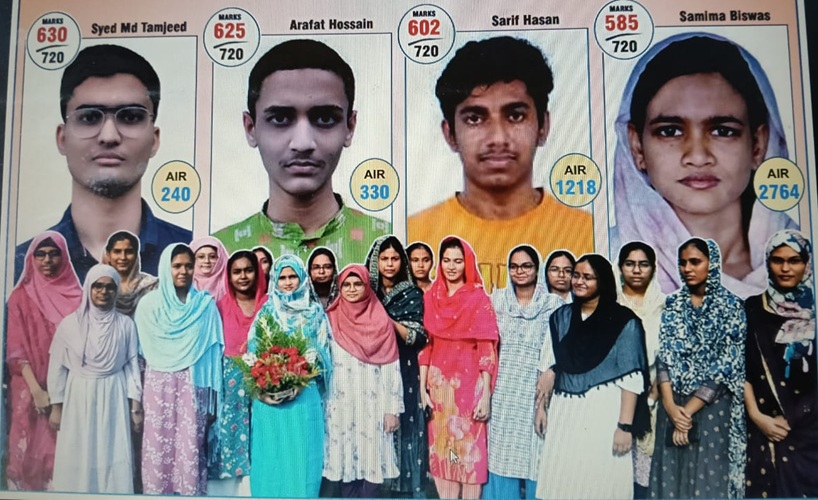JEDDAH – Global Islamic banking assets with commercial banks are on course to exceed $3.4 trillion by 2018, fuelled by growing economic activity in core Islamic finance markets, according to specialists at Ernst & Young’s Global Islamic Banking Center. Across the six markets of Qatar, Indonesia, Saudi Arabia, Malaysia, the UAE and Turkey, the combined profits of Islamic banks broke the $10 billion-mark for the first time at the end of 2013. If the current growth rate continues, the Islamic banking profit pool across these markets is set to exceed $25 billion by 2018.
“While the profit numbers for Islamic banks are impressive, they are still, on an average, 15-19 percentage points lower than traditional banks in these markets. Regionalization and operational transformation, which are currently underway in several leading Islamic banks, will help to close this gap,” said Ashar Nazim, Global Islamic Finance Leader at EY.
There is significant growth potential for the industry. There are an estimated 38 million customers who bank with Islamic retail banks globally, but only a small number of these customers have fully transitioned from a traditional to an Islamic banking relationship. The average number of Islamic banking products per customer is just over two, whereas leading traditional banks have an average of five products per customer.
“Building consumer confidence through service excellence, especially when it comes to customers opening accounts and cross-selling, can increase the market share of Islamic banks by 40 percent through these customers,” Ashar said.
Another major opportunity is for Islamic banks to assist the SME sector with their cross-border business growth.
“With increasing trade and capital flows between Turkey, Middle East and Asia Pacific, there is a growing appetite to learn about Islamic financial solutions from clients and investors in these markets. Similarly, linking with world growth engines like China and India is becoming more important to help build business bridges between these high potential markets,” mentioned Gordon Bennie, EY’s MENA Head of Financial Services.
The center has also announced the launch of its Mandarin and Turkish editions of its Islamic banking research on Monday.
The Islamic banking industry in Saudi Arabia – with an estimated $207 billion of Islamic assets – was ranked first in 2011 followed by Malaysia with total assets of $106 billion and UAE third with total assets of $75 billion.
“With the majority of the Muslim community being unbanked together with the need to attract foreign investment from Gulf Cooperation Council (GCC) countries who seek Shariah compliant investments, the market appetite for these products continues to grow,” said Merisha Kassie, Director in Financial Services at EY.
According to EY’s report, successful transformation could see the profit pool of Islamic banks rise by an additional 25per cent by 2015.






0 Comments